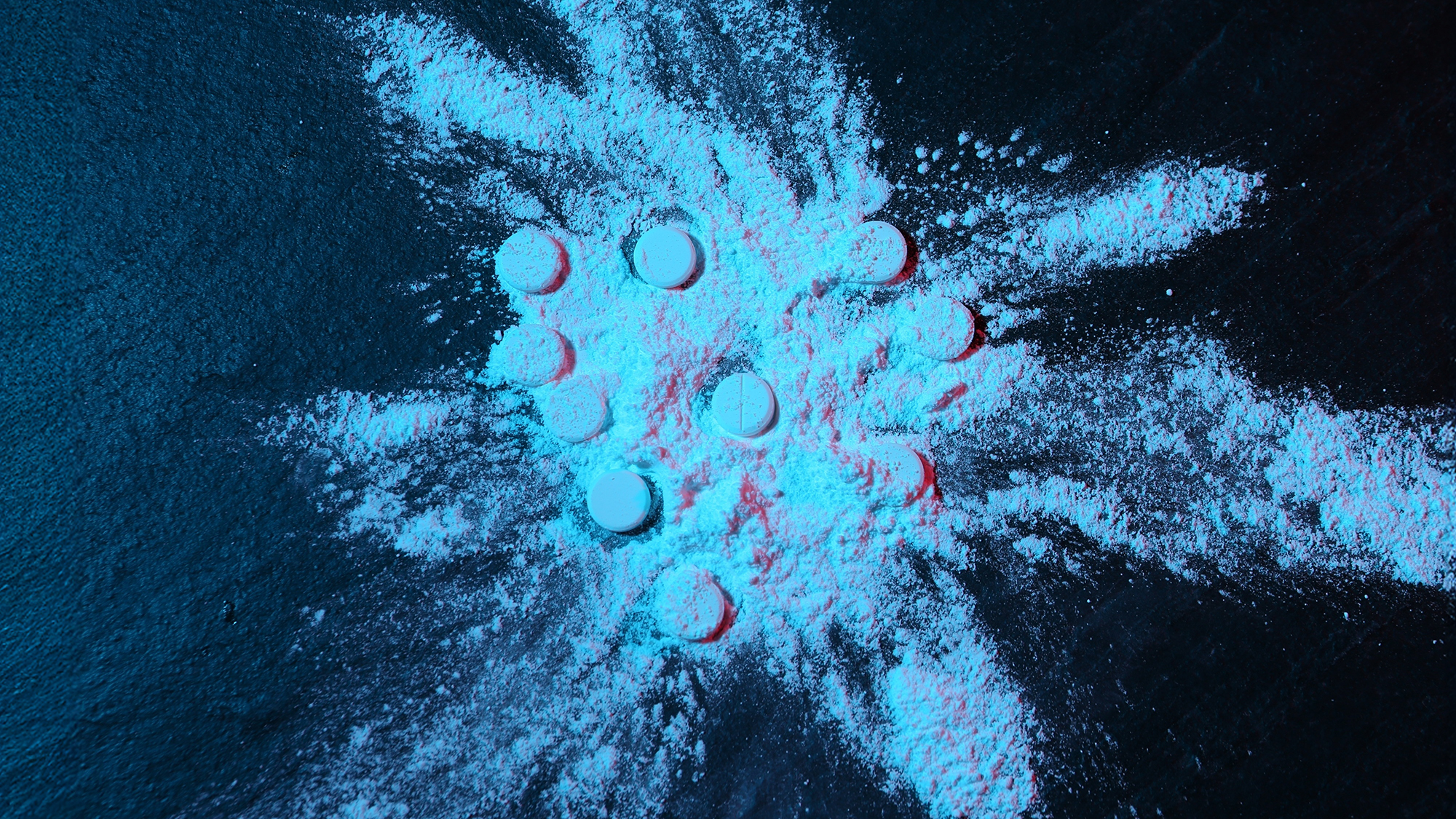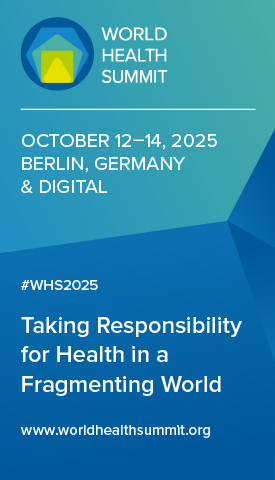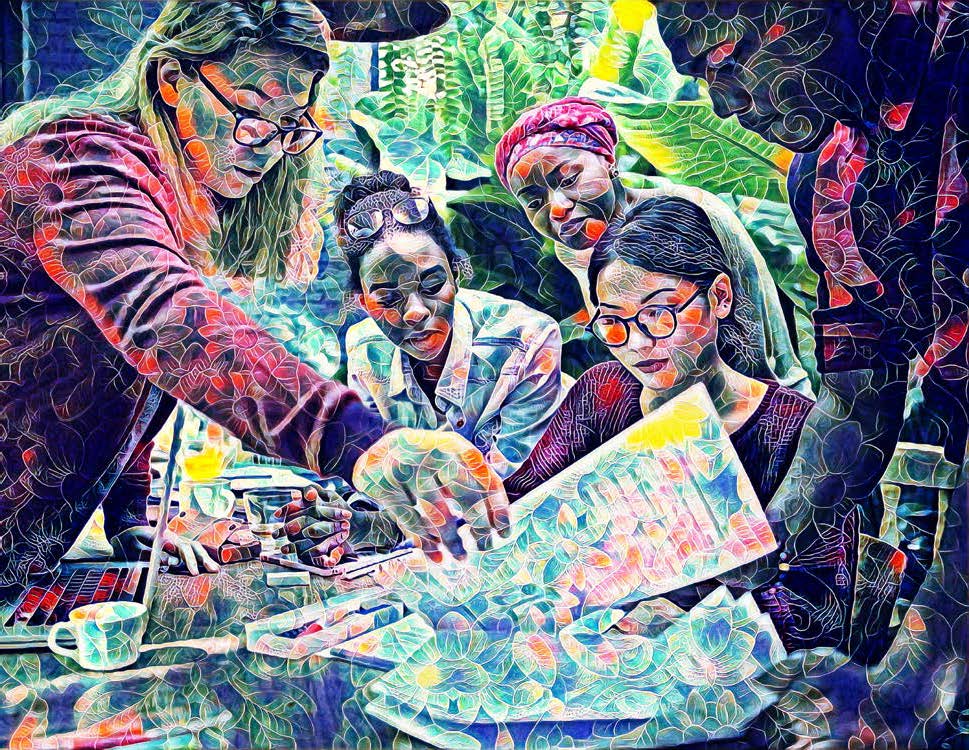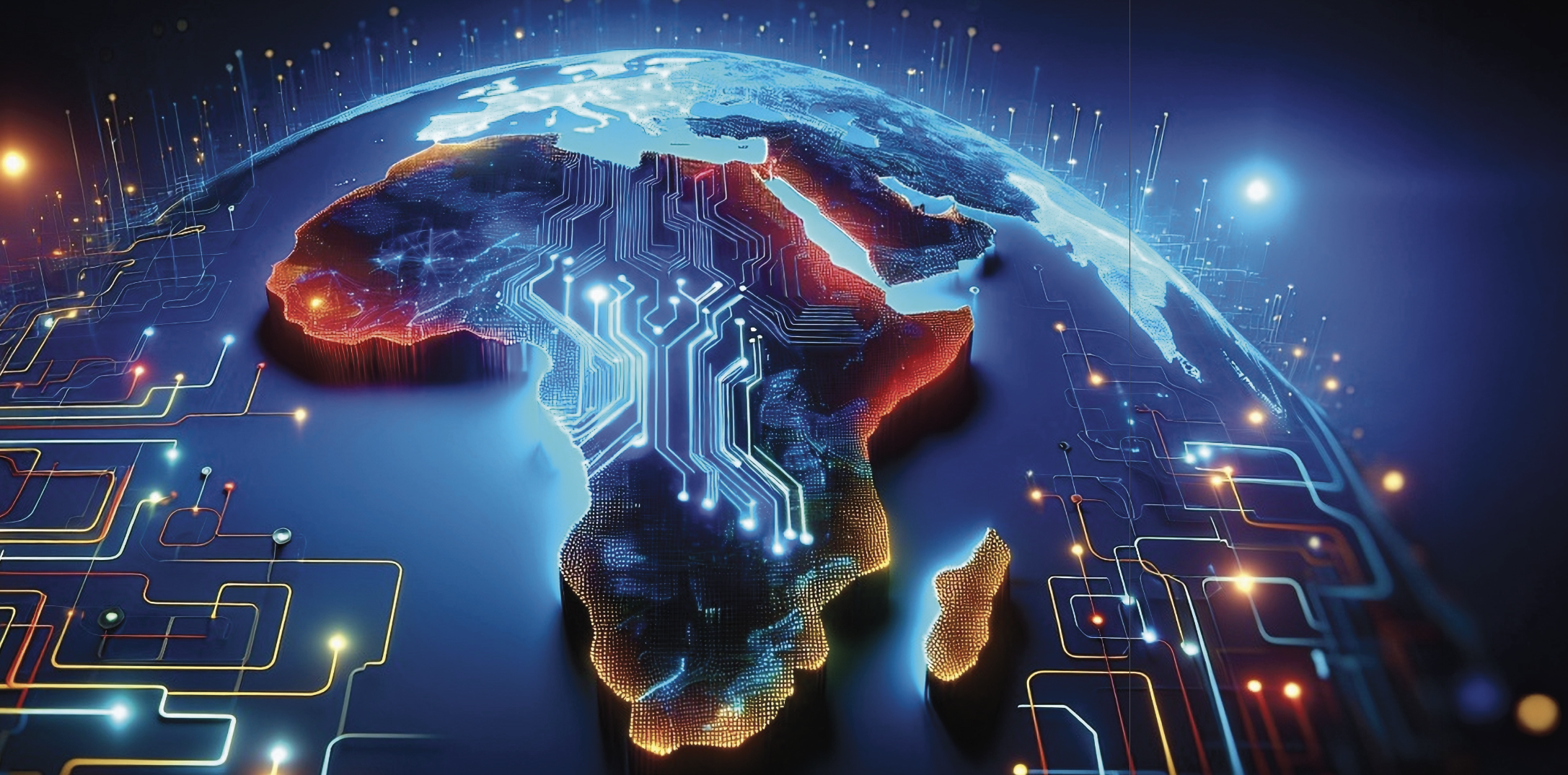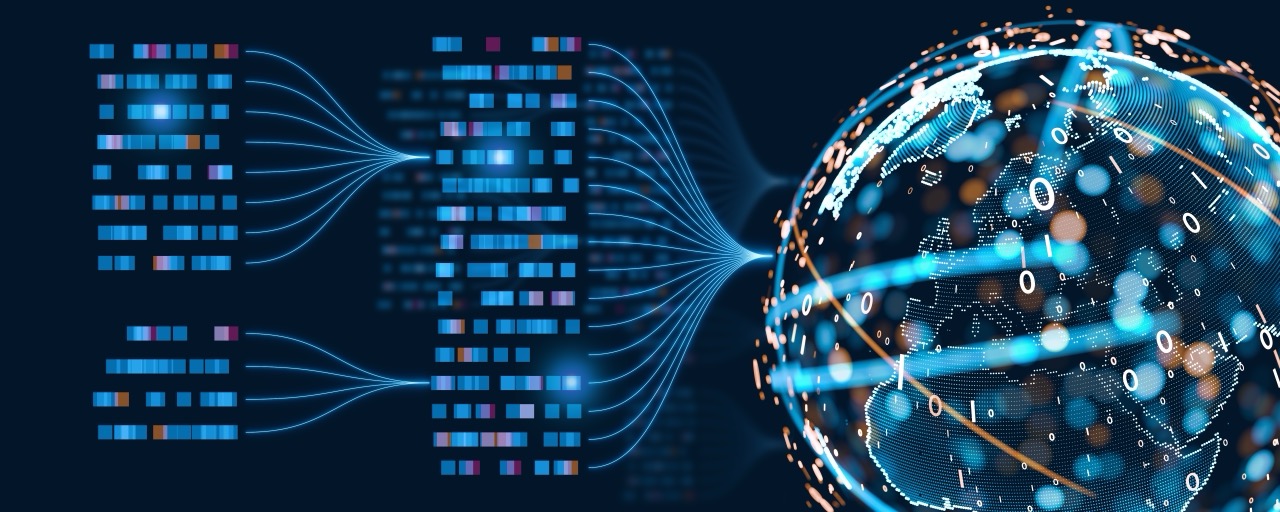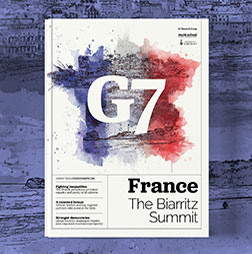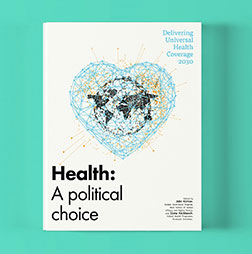A global response to drug trafficking
Global drug threats to health and security are becoming broader in reach and more unpredictable in nature, driven in large part by the pernicious evolution of synthetic drugs and the growing power and sophistication of transnational organised crime.
With its political, technical and financial capacities, the G7 can exercise the global leadership that is needed in the face of this dynamic and border-defying challenge.
An expanding illicit drug market
Synthetic drugs are shortening supply chains and reducing risks for traffickers. Production labs can be set up cheaply and quickly almost anywhere, using easily available chemicals. Small but potent – and sometimes lethal – pills are easy to conceal and smuggle across borders.
Around the world, the numbers reflect this booming business.
Record seizures of amphetamine-type stimulants and pharmaceutical opioids have been registered globally for several years running.
Captagon continues to plague the Middle East – seizures in Iraq alone increased by almost 3,380% from 2019 to 2023. Fentanyl remains an immense challenge in North America.
Tramadol trafficking is growing rapidly in Eastern Europe, beyond its traditional market in West Africa.
More than 1,300 new psychoactive substances have also been reported to the United Nations Office on Drugs and Crime. A deadly class of synthetic opioids known as nitazenes is a rapidly growing concern, with 26 different types reported to UNODC to date.
Meanwhile, the threats by plant-based drugs have not abated. Cocaine production, trafficking and use continue to break records. Cocaine routes and markets are diversifying, newly expanding in Africa and Asia.
The range of drugs available on the market today is more varied and potentially lethal than ever. Patterns of use and harm are changing, and different drugs are being used in parallel or in dangerous cocktails. Some substances are mixed with others before being sold to unknowing consumers.
Technology is lowering barriers for drug production, trafficking and trade, increasing the consumer base for illicit drugs.
At the same time, treatment remains out of reach for most of those who need it. Globally, nearly a quarter of all people who use drugs suffer from drug use disorders, yet only 1 in 11 among them has access to any form of treatment. Women suffer from a larger treatment gap and greater stigma, and young people remain vulnerable to new substances and consumption methods.
Trafficking, violence and instability
Drug threats to security are escalating and accelerating. The destabilising impact of organised crime groups engaged in drug trafficking is a major concern. Trafficking routes run through warzones and rule-of-law vacuums, from the Caribbean to the Levant to the Golden Triangle, fuelling instability.
Violence linked to drug trafficking has also ramped up in recent years, in countries rich and poor, across different continents.
Drug trafficking is also converging with other forms of organised crime in different parts of the world. Illegal deforestation and degradation of the Amazon, for example, are driven in large part by criminal groups engaged in the cocaine trade as well as natural resource exploitation.
In Southeast Asia, organised criminal groups engaged in drug trafficking may also be trafficking people, smuggling migrants and operating online scams that are defrauding people around the world.
These borderless threats require urgent and coordinated action, as recognised by the G7.
Leading a global response
The Apulia G7 Leaders’ Communiqué from June 2024 reiterated the G7’s strong commitment to fighting transnational organised crime, “breaking its business models, and dismantling its networks”. It recognised drug trafficking, along with migrant smuggling, human trafficking and fraud, as a major source of income for organised crime.
To translate that commitment into impact, the world needs the G7 to lead on key areas for action.
First, we need to enhance cross-border collaboration and ensure unified action to pursue justice across borders and follow the money associated with drug trafficking.
Second, we need to harness technological innovation to stay ahead of these threats. Artificial intelligence and digital tools can prove to be powerful instruments in detecting and disrupting criminal networks.
Third, we need to continue and improve data collection and analysis to stay informed on the latest trends and provide evidence-based insights that shape drug control strategies.
Fourth, we need to step up technical assistance to help different countries implement sustainable responses and bridge gaps in knowledge, infrastructure and capacities.
And fifth, we need a paradigm shift that prioritises investment in prevention, especially for youth, recognising the massive return on such investments in the long term.
The G7 can mobilise the resources and political momentum that are needed to mount a more effective global response to drug trafficking and organised crime.
The United Nations Office on Drugs and Crime possesses the expertise, field presence and convening power to bring that momentum to bear.
